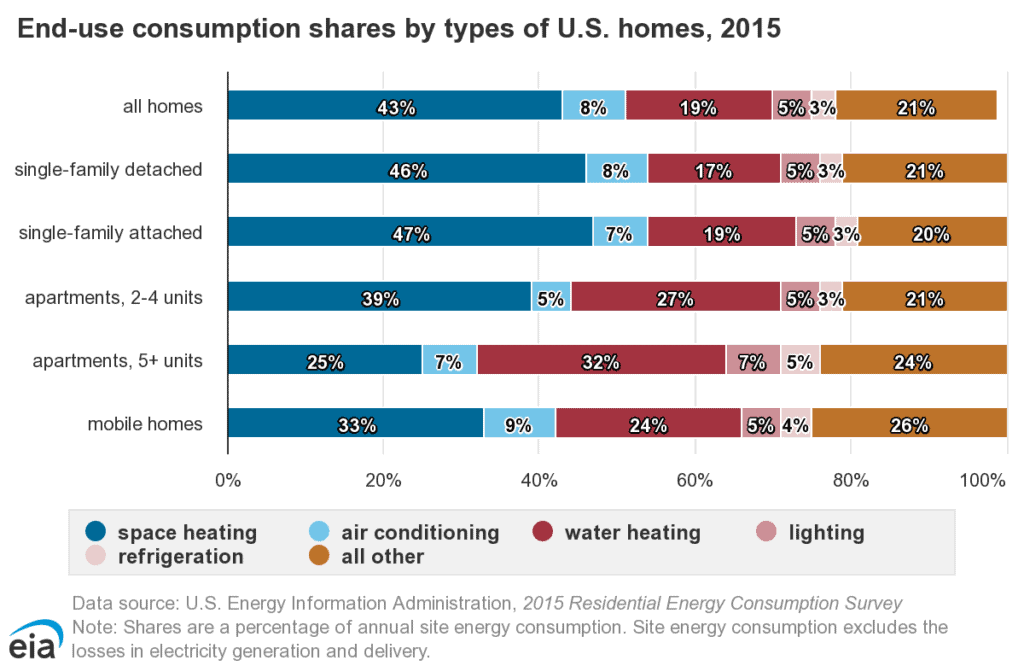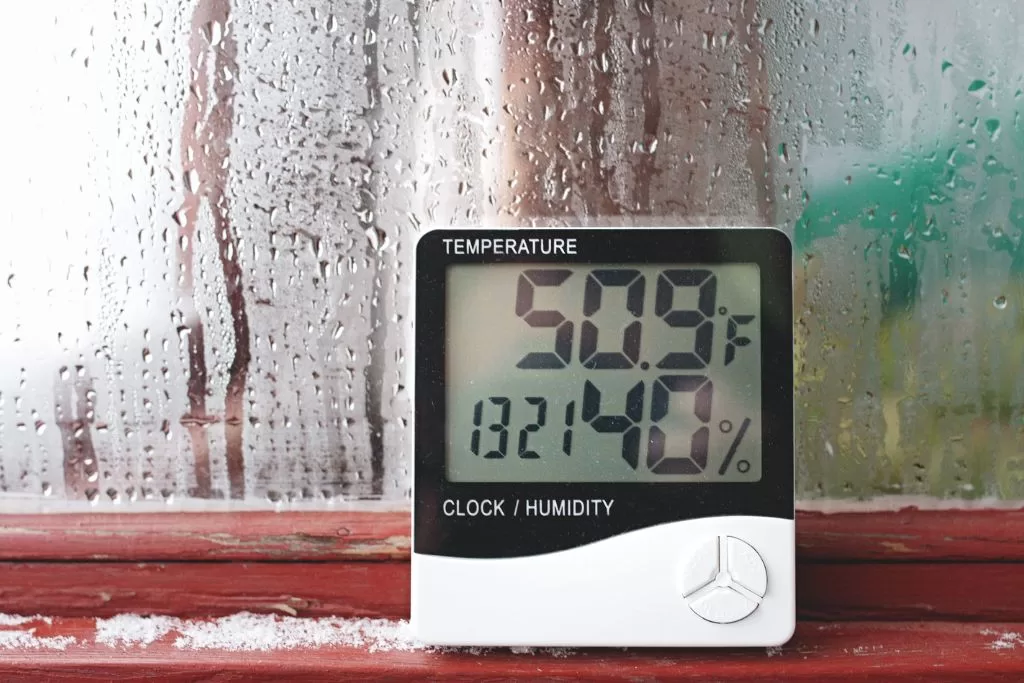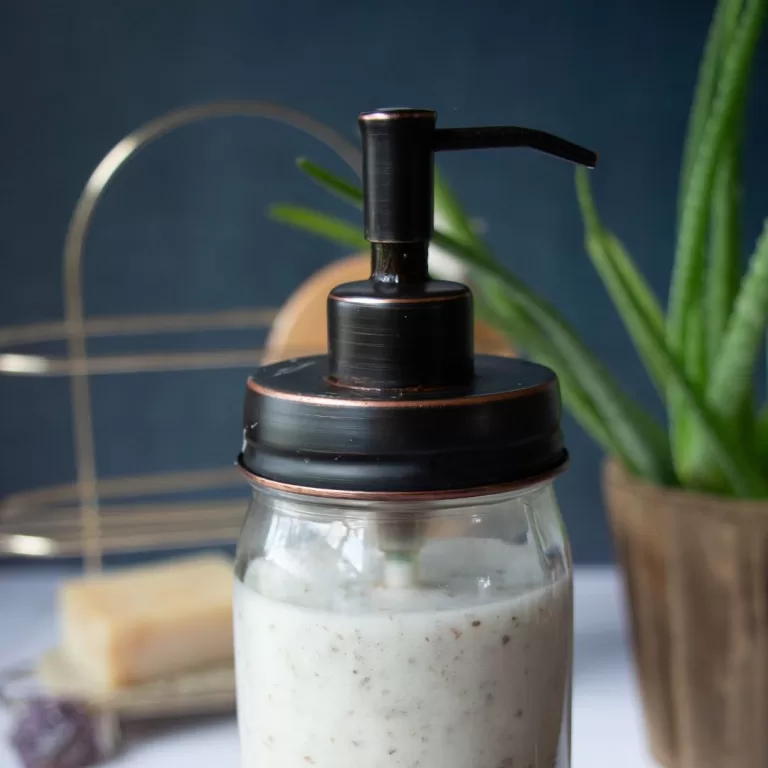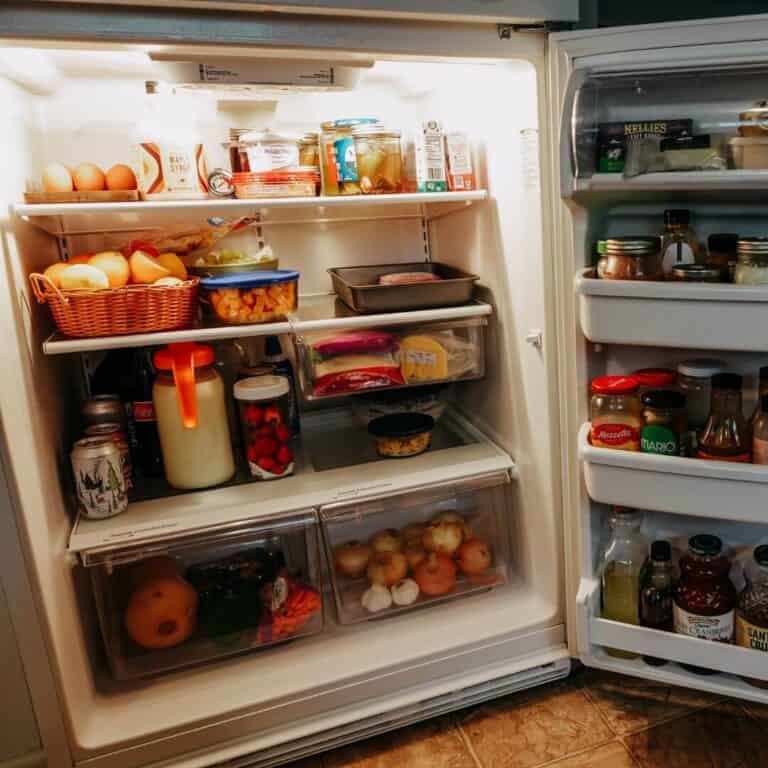Eco Friendly Thermostat Settings to Save You Money
Are you looking to save money on your gas or electric bill? What about conserving energy? Check out my tips for the best eco friendly thermostat settings for energy efficiency year round.

Why would I want to have optimal thermostat settings?
- Reduce your carbon footprint
- Save on energy costs
The U.S. Department of Energy says “Air conditioning and space heating together are the largest energy users in your home, typically making up about 32% of your energy use.”
The U.S. Energy Information Administration claims it is even higher at 50% energy use! That is a lot of energy usage that we can control.

How can I begin making my home energy efficient?
The Energy Saver Guide says the first step in home energy efficiency is conducting a professional or DIY home energy audit. In reality, most people are looking for an easier option. But if you decide to DIY a home energy audit, you can visit the Home Energy Saver website to get started.
The recommended temperatures below are based on recommendations from Constellation Energy Resources, Action AC, and the Energy Saver Guide.
Here are the best temperature settings for heat and air to maximize your energy savings.
Best Eco Friendly Thermostat Settings for Heat
The Best Eco Friendly Heat Thermostat Settings
Best daytime heat setting while home 68°F
Most eco friendly temperature 60-70°F
Best temperature when unoccupied 55-60°F
The U.S. Department of Energy states that you can save up to 10% on your heating bill alone by turning your heat down 7-10 degrees in the fall and winter.
Best Eco Friendly Thermostat Settings for Air Conditioning
The Best Eco Friendly Air Conditioning Thermostat Settings
Best daytime air conditioning setting 70-78°F
Most eco friendly temperature 78°F
Best temperature when unoccupied 85-88°F
The daytime setting contains a wide range of temperatures because 78 degrees inside during the summer heat seems like a high temperature for many people. Use your best judgement here. Basically, keep it as high as you can while still remaining comfortable.
In the U.S., we use A LOT of air conditioning, and the percentage of homes with air conditioning increases each year. I am all for personal comfort, but perhaps we can all make a little effort to find the best thermostat settings to use less energy.

You can always opt to turn off your A/C if you are comfortable or away as long as you don’t have plants or pets at home that also need the air!
Tip: Instead of turning on your air conditioning in the spring, it is a good idea to open windows for increased air flow to see if that does the trick!
Best Eco Friendly Thermostat Settings for Sleeping
According to the Sleep Foundation, “The best bedroom temperature for sleep is approximately 65 degrees Fahrenheit (18.3 degrees Celsius). This may vary by a few degrees from person to person, but most doctors recommend keeping the thermostat set between 60 to 67 degrees Fahrenheit (15.6 to 19.4 degrees Celsius) for the most comfortable sleep.”
FAQs on Maximizing Home Energy Efficiency
How else can I save on home energy bills?
- Air Sealing and Insulation can help reduce heat loss. Sealing around all plumbing and utility access, ducts, sill plates, outlets and switches, water and furnace flues, recessed lights, attic entrances, chimney flashing, dropped ceilings, door frames, and window frames can maximize your home’s efficiency.
- Use a ceiling fan. Remember- You don’t always have to use your air conditioner!
- Replace air filters to keep air flowing at maximum levels.
- Light filtering or light blocking curtains create shade to keep rooms cool.
- Landscaping can help by planting shade creating trees. Avoid direct sunlight on your house.
- Solar panels are an expensive option, but very efficient in keeping cooling costs low.
What about my personal preferences for thermostat settings?
You do not have to use the exact temperature that I recommend above if you have a different comfort level. If you have a personal preference for your ideal temperature, simply try to use any of the techniques above to do just a little bit better. Small changes can make a big difference in the long run, even if you do not follow the best practices perfectly.
Other ways to regulate body temperature
This may sound silly, but regulating your own body temperature instead of the air in the room can help save energy. Dressing in warm layers in winter and light clothing during summer can help you maintain the optimal thermostat settings.
Does humidity effect my thermostat settings?
Yes! You want to increase your home humidity in winter and decrease your home humidity in the summer.
Humid air holds in more heat and makes you cooler in summer and more comfortable in winter.

Central air conditioning vs. Split Units vs. Window Units
- Window A/C: Cheap and easy to install, but not the most eco-friendly
- Split A/C: Highly efficient and the most eco friendly option if you don’t need to cool an entire space.
- Central A/C: Cheaper than split A/C if you want to cool an entire house instead of just one room.
What are the best smart thermostats?
As an Amazon Associate I earn from qualifying purchases. Please visit my privacy + disclosure page for more details.
There are many types of programmable thermostats and smart thermostats. If you are looking to purchase a new thermostat system, smart and programmable thermostats can help regulate your home’s temperature for optimal efficiency. If you choose an ENERGY STAR certified system, it may be compatible with your local utility company’s incentive or rewards programs.
According to consumer reports, The Google Nest Learning Thermostat wins top pick by a landslide, followed by the Braeburn BlueLink 7320 and the Honeywell Home T10 Pro THX321WFS.
The Google Nest’s coolest feature is that it learns your preferences over time and can create it’s own operating schedule.
Looking for assistance with Home Weatherization Services?
The U.S. Department of Energy (DOE) Weatherization Assistance Program (WAP) is a federal program that reduces energy costs for low-income households by increasing the energy efficiency of their homes for free!
“Through weatherization improvements and upgrades, these households save on average $372 or more every year according to a national evaluation of the program. Since the program began in 1976, WAP has helped improve the lives of more than 7 million families through weatherization services.” Check out the Home Weatherization Services website to apply.
Looking for more eco-friendly home hacks? Check out my Sustainable Kitchen Swaps for Regular People!
Pin Eco Friendly Thermostat Settings for Later!


About the Author:
I’m Brittany, totally modern and mainstream turned crunchy mama!
Read more here about how I went from a totally incompetent cook and hyper-consumer to striving to live a more meaningful life from scratch.
I can’t wait to share my modern homesteading journey with you and I hope I inspire you to join along!







This was so helpful! I really appreciated this post and all the information. Definitely something to consider. Great post!
Interesting post! Great tip on how to save on home energy bills. We personally turn it down at night, and that helps to save money. Thanks for sharing.
Thank you! Are you concerned that corrupt politicians could force companies to control smart thermostats? For example, they could turn down your furnace for climate change, or if you say or do what isn’t acceptable in their eyes.
haha I honestly never thought of it that way! I suppose it’s possible! Then we will have to go back to “dumb” thermostats but hopefully be responsible users on our own 🙂
A lot of helpful information in this post. I’m happy to know what the eco-friendly thermostat setting is for air conditioning. Although anything above 75 degrees when we are home seems too warm. Thanks for sharing!
Totally agree! I think the most important thing is that we just try! Even if we up it just one degree, it can make a huge different on energy consumption!
Nice, informative post. I used to work for an energy efficiency firm and most of these tips I’m familiar with.
Very thorough and well laid out post. I want to get a nest but our heat pumps are older than wireless connections so they aren’t compatible but I’m somewhat looking forward to them breaking down so we can get a smarter house setup!
Great post! An electrician told me a couple years ago that the appliances that produce and generate heat are the biggest energy users. So not the 5 freezers in my basement…ahem. I did an experiment and went for a month during winter without using my clothes dryer (hung my family’s clothes up to dry) or running the heat in the house but opting to burn wood in our fireplace. It saved $100 per month off our normal bill. I kind-of expected to see some huge, drastic energy cut given the amount of laundry we go through! So now I happily use my dryer and heater during the winter and pay the extra $100 per month.
Hahaha I need a tour of these 5 freezers because that sounds like #homesteadinggoals